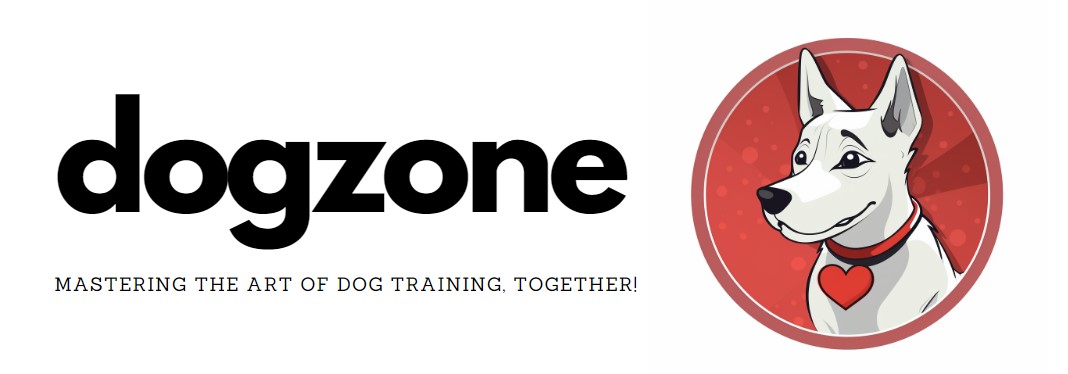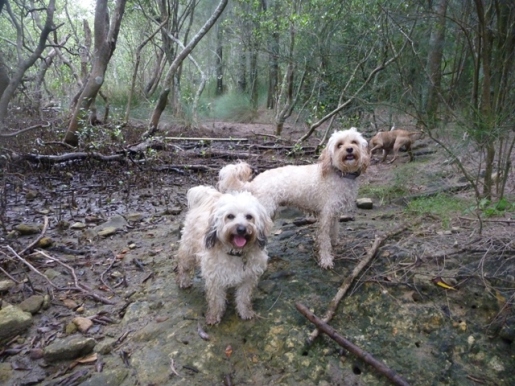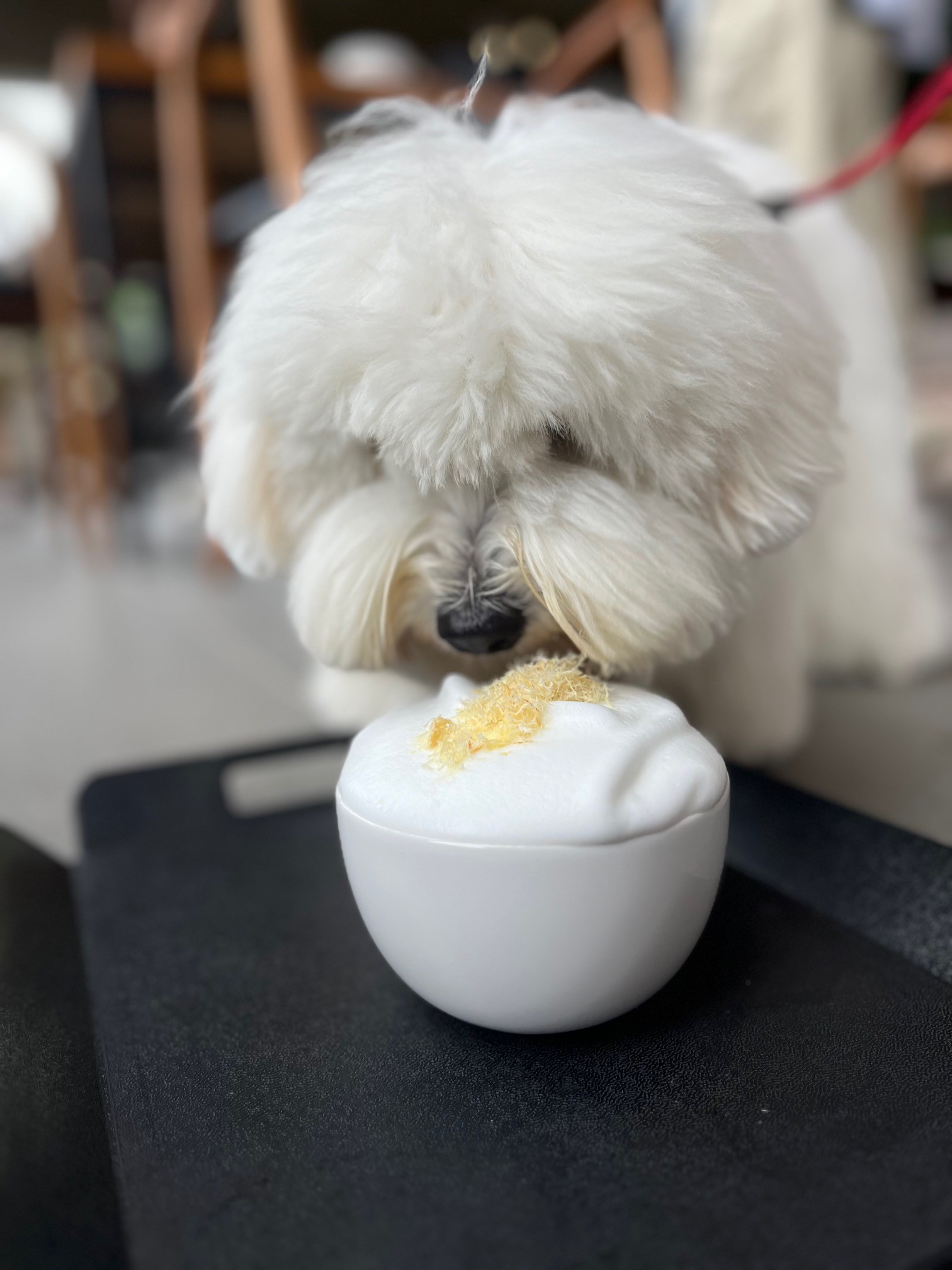If your dog pulls on the lead then you’re in the same boat as many dog owners!
But don’t panic, as this guide to walking your dog on a loose lead should really help you.
Getting a dog to walk on a loose lead is one of the trickiest exercises to train your dog, but also the most rewarding once he’s happily walking beside you on a loose lead.
Be prepared to have a lot of patience to achieve this, and don’t expect instant results!
When (and where) to start
Teaching your dog to walk on a loose lead is something you should start as early in your dog’s life as possible. Once you’ve taught this very beneficial exercise, make sure you practice in a variety of locations, with increasing distractions.
The best place to start training your dog is in a quiet place, such as a quiet park, without other dogs, people, or busy traffic around. The less distractions the better. Your back yard can be the perfect location.
All being well, once your dog becomes a pro at walking on a loose lead, you should be able to strut through the CBD streets and watch how impressed others are at how well behaved your dog is!
Oh, and taking regular walks with your dog is important for both his and your mental and physical well-being!
Part One – Walking next to you
Choose an area with minimal distractions like your backyard or a quiet park to start, then move to more challenging surroundings with more distractions.
Position
Hold the lead in your right hand, and against your body on level of your belly button. Hold a tasty treat in your other hand and lure your dog into position alongside your left leg, feeding the treat when your dog is in place.
Heel
Show your dog another treat and raise it above his head – hold it so he can see it clearly. Get his attention by saying his name and give the voice cue “heel”.
Step forward and reward
Immediately take a pace forward and, as your dog follows, reward him with a treat and lots of praise. Repeat, rewarding after two paces, then three, and so on.
Practice!
Continue in this way, over several sessions extending the number of paces you take each time before rewarding him.
Things to remember…
- At the beginning of each training session and whenever you are in a new area, reward your dog after only taking one pace until your dog learns what to do.
- During training, choose which side of you your dog should walk and stick to it to avoid confusion.
- The lead should hang down slightly from your dog’s collar when standing next to you with the handle held at your waist, but not touch the floor.
- Try not to use the lead to control your dog, and keep the food lure in the hand nearest to your dog so it does not try to walk in front of you.
Training your dog not to pull is a vital part of learning to walk on a loose lead. Before teaching this exercise, ensure your have mastered the above exercise first.
Whenever you take your dogs to a new and exciting place, he is likely to be distracted by the unfamiliar sights and smells.
Part Two – learning not to pull
Walk normally
Start walking normally until your dog begins to pull ahead. Keep the lead-holding hand held into your middle to give a fixed lenght of lead.
Stop abruptly
Watch the lead carefully and stop abruptly when the lead begins to go tight. Keep your hands against your body and resist the pull from your dog.
Lure him back into position
Stand still and use a treat to get your dog’s attention. Lure him back into the correct position by your side, facing forward. When he is in the right place, reward him with the treat and praise enthusiastically.
Be alert
Watch out for distractions that may cause your dog to pull, such as other dogs, and stop as necessary. If you stop abruptly and reposition every time the lead goes tight, your dog will learn that pulling is not rewarding.
Relax and enjoy
Keep practising this exercise until your dog has learned not to pull. If he forgets and pulls forwards, stop and reposition him immediately. Reward him when he makes an effort to keep the lead loose. You can then relax your hands and give him more freedom.
Things to remember…
- It is easier to teach a well-exercised dog to walk on a loose lead. Take your dog for a run or play games before training to use up excess energy.
- When teaching this exercise, allow extra time for walks so you can practice. Be consistent with your training and expect to stop as many as 40 times during your first walk. If you don’t have time, use a headcollar or an EasyWalk harness.
All being well your dog will be walking on a loose lead in the not too distant future!
If you have any trouble with the above exercises I’m more than happy to help and offer any further advice. Just jot down your thoughts in the comments!
Hugs,
Gina & Maisy
Sources:
* “How to train a superdog” ~ Gwen Bailey



Leave a Reply